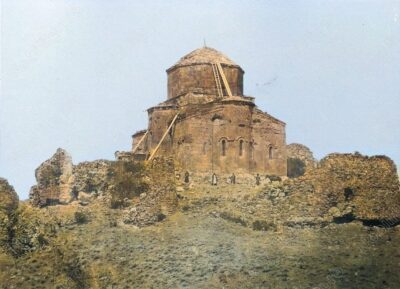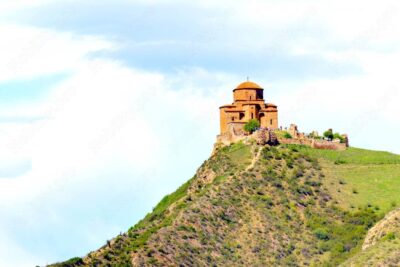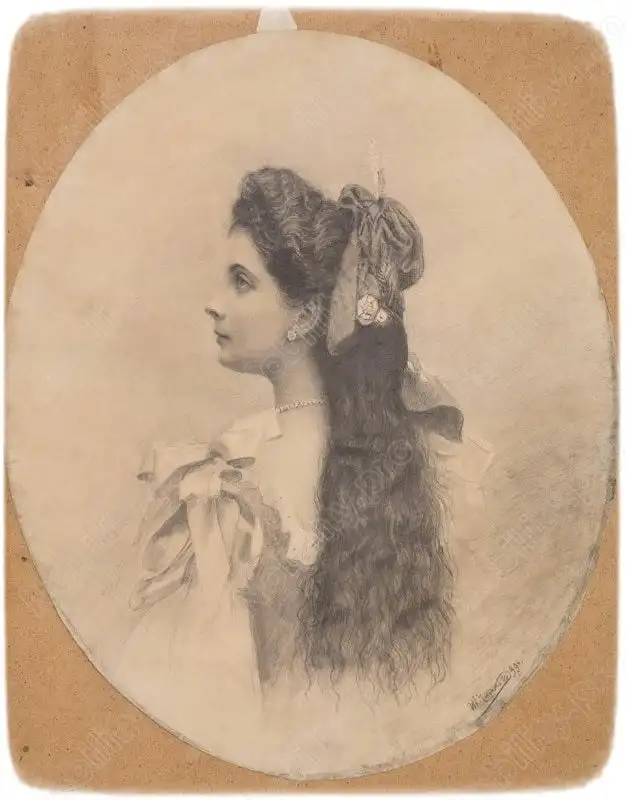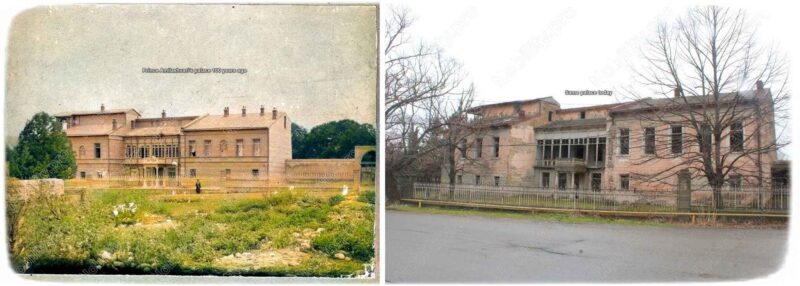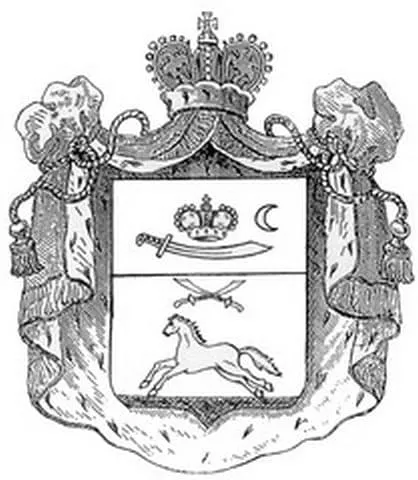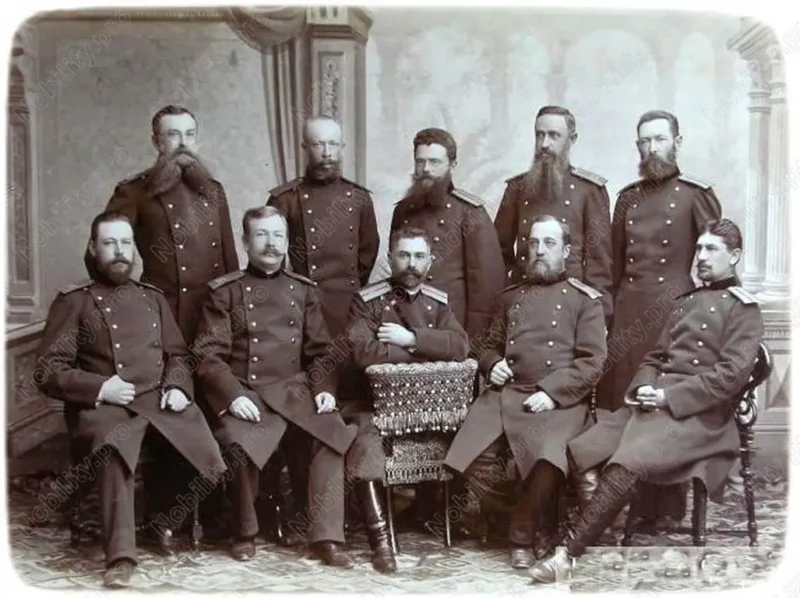Jvari Monastery – In the East of Mtskheta, at the mouth of the Mtkvari and the Aragvi, on the rocky mountain there is Jvari Monastery. After the spread of Christianity in Kartli by Saint Nino, in 326 there started building of Christian Temples. Mirian King of Georgia set a cross, as a symbol of the newly established religion on the rocky mountain, which became the venerated not only of the Georgians but of the entire Caucasian population. Since the beginning of the 6th century, Sasanid Iran began to persecute Christianity to shutter it, and soon overthrew the reign. This success of the Iranians did not last long and soon the whole South Caucasus rebellion broke out.
Guaram Bagrationi, helped by the Byzantine Emperor, led the uprising in Kartli. Iran’s Shah Hormizid IV defeated the revolt, but he had to recognize Guaram as the Erismtavari – Duke of Kartli. The Byzantine Emperor gave him the title of Curapalat. Gurgen Kurapalat built a small church in the North of the Cross – installed by Mirian the King, to strengthen Christianity, with an arch entrance, with the cross-shaped vault. There was an arch niche with the image of the cross in the church, supposedly – for the throne of the Catholicos.
At the beginning of the VII century, Stephanoz I-the son of Guaram Curapalat, Kartli regained its full independence. He placed a cross on the pedestal on the coin of his cut instead of the Mazdeyan relique – Fire and wrote his own name in Georgian. Near the small church Stepanoz built a large temple of the architecture characteristic for the early Feudal Period, which led to the construction of cross-type temples in Georgia.
The statues with the inscriptions on the façade of the temple depict the members of the Stefanoz family: the brother Demetre, the son Adarnase and the grandson Kobul-Stepanoz. Kneltdown Kobul-Stepanoz, depicted on the East façade of the temple’s, is called Patrikios: “The Cross of our Savior, pardon Kartli Patrikios Stepanoz.” The scene of “Ascension of the Cross” is depicted on the South entrance façade of the temple.
There was an eight-sided structure in the center of the temple – the pedestal for the Cross which was put up by King Mirian and which was the reason for building Great Jvari (the Cross) Temple. The small fragments of the painting preserved in the interior show that the temple was painted later. In XVII-XVIIIc.c., due to the frequent invasions of the Lezgians in Georgia, Jvari Monastery was walled. The fragments of the wall and half-ruined towers built in the wall, have survived. The first best example of cross-domed architecture in Georgia – Mtskheta Jvari Monastery is in the list of the World Heritage Monuments.
